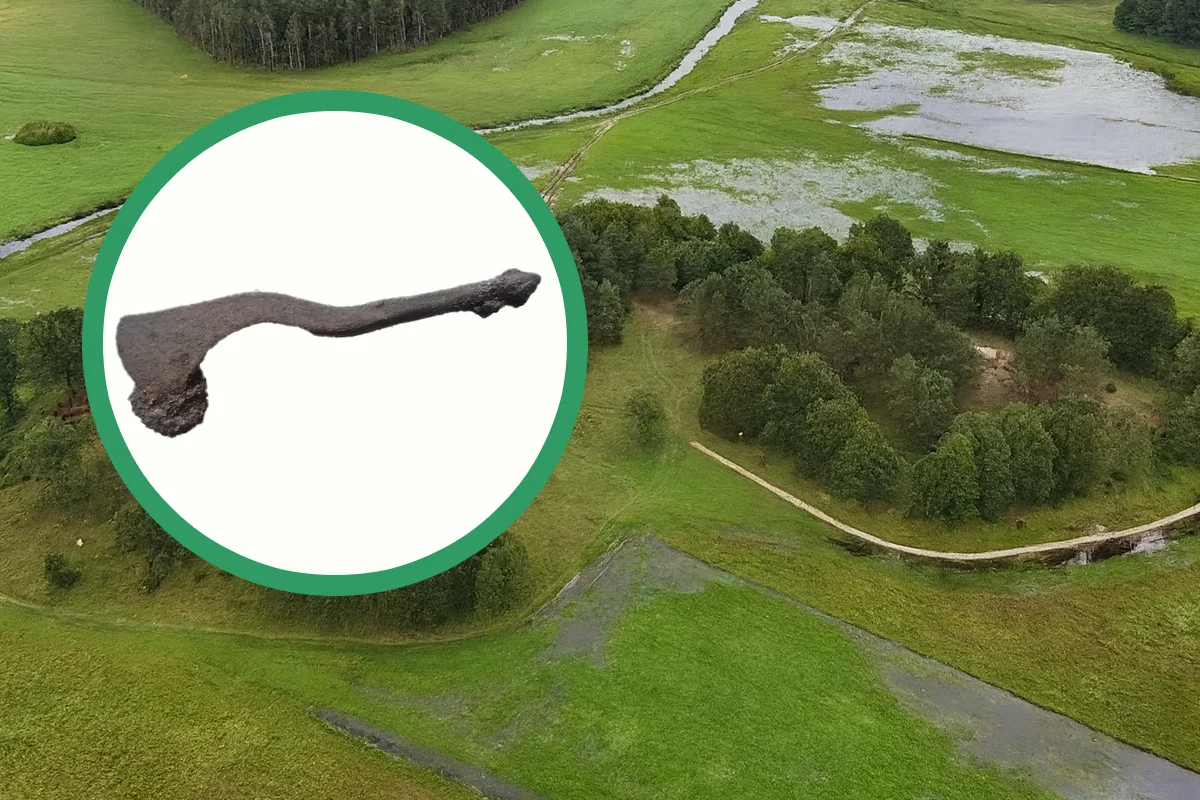Archaeologists have discovered a rare Celtic tool used for skull trepanation during excavations at the Łysa Góra site in Mazovia, Poland.
The discovery was made by archaeologists from the State Archaeological Museum in Warsaw, in cooperation with the Faculty of Archaeology at the University of Warsaw.
For two consecutive seasons, the team has been studying artefacts from a settlement linked to the Western Baltic Barrow Culture, where traces of Celtic influence are becoming increasingly apparent.
In previous years, the team made headlines with the discovery of a unique Celtic helmet from the 4th century BC, however, according to experts the trepanation tool is far more significant.
“Such instruments are known only from a few Celtic sites in southern and central Europe, including Romania, Croatia, and Austria. Finding one in Mazovia is an extraordinary rarity,” said Dr. Kaczyński.
At first, researchers were uncertain about the object’s function. Detailed comparisons with archaeological literature confirmed it to be a surgical scalpel, featuring a blade that transitions into a pointed spike, once mounted on a wooden handle.
This find suggests that among the Celts who passed through Łysa Góra was a figure versed in early medical practices, possibly a druid or healer, combining herbal knowledge with rudimentary surgical skills.
Excavations in the northeastern part of the site revealed traces of iron production, including cup-shaped slags and a small iron anvil used for metalworking.
“It seems the Celts who came here were accompanied by both a medic and a blacksmith,” noted Dr. Kaczyński. “Some of the small iron artifacts we discovered may have been produced on-site, crafted in the Celtic style.”
This season’s findings also include brooches, a spearhead, an iron axe, and numerous small objects associated with horse harnesses, such as buckles and bit straps.
Header Image Credit : PAP
Sources : Science In Poland





